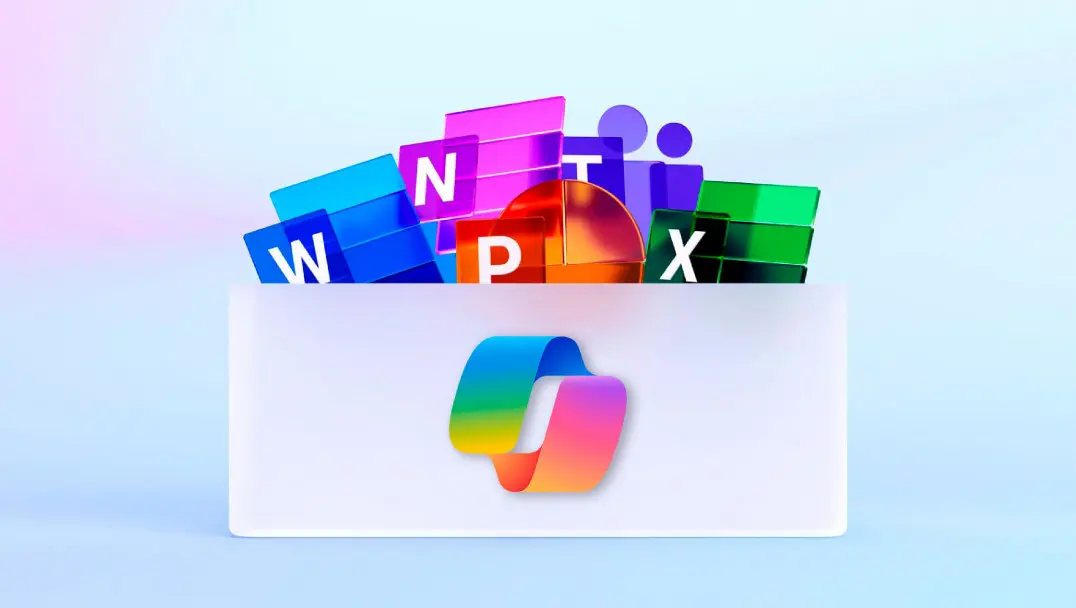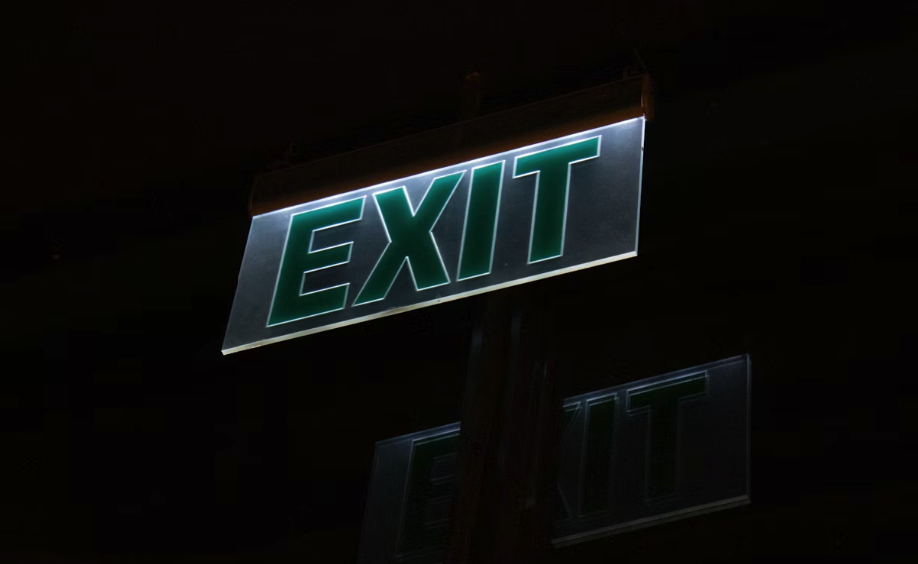Choosing the right font for your digital signage is incredibly important. However, you shouldn’t pick any font just because it’s attractive, no matter how tempting that may be. Instead, think of all the target viewers you can gain just by picking the right font because different fonts have different visual effects. Being picky and thorough with the font you choose does pay off. For instance, educational signage requires a more readable font. Not being careful enough may cost you potential viewers, customer engagement, and profit.
Thankfully, it isn’t hard to decide on the right fonts. All it requires is careful evaluation and research. In this article, we will tell you about five things you should consider before choosing a font for your digital signage content. Let’s take a look.
1. Legibility
Your digital signage has to be legible enough for a viewer to see and understand what’s written at first glance. There’s no certainty about how long a viewer should stop and read your sign, but ensuring that the font is readable makes your signage harder to miss. Another important point to note is that most viewers will be reading your signage from 5-10 feet away, so make adjustments keeping this distance in mind.
2. Large fonts
We can’t determine which font size is ideal because it depends on how far the viewer will typically be from the screen. Is the screen high up or in front of a clothing store? The viewer is usually positioned at 5-10 feet distances at places like lobbies and offices. On the contrary, the viewer may be 30 feet away in places like restaurants and data centres. Either way, using larger fonts will ensure your signage is easy to read.
3. Sans Serif/Serif
Sans serif and serif fonts are considered the perfect fonts for signage, so knowing this will save you from the extra time in investigating and experimenting with different font styles. Because they are easy to read, people are more accustomed to them, which will in turn ensure that your message will be in the spotlight.
The Sans serif font makes it easier for people to comprehend what’s written quickly, and that’s all you require for effective signage. Creatively combine different text sizes with Sans Serif/Serif fonts to give your slides a unique text pop.
4. Avoid using all caps
Many people have the misconception that using all caps will make viewers pay more attention to the text. However, this is not necessarily true, and instead only makes the potential reader feel that they’re being shouted at. In fact, having words in all caps will make it harder for viewers to read the signage, or they may not even put effort into reading the sign at all. People generally take longer to read all-caps letters because all-caps tend to blend together. You will need your readers to absorb the message, and all-caps letters become an obstacle to that.
5. Let the font complement the images
Whether a person believes it or not, all fonts convey a sense of personality. You can tell the kind of theme or tone the font has just by looking at the curvature of the lines, the context the font has been used in and the boldness. All these factors combined together give fonts a persona, which is why you will need to ensure that the font matches the style of your images displayed. As well as the overall style, the colour scheme and shapes need to complement the images you display.
To conclude, the font’s readability is the first and most important aspect of good signage. For this, you need to consider other elements like the size of the font depending on the distance between the viewers and the signage board. Large fonts are perfect for this but context matters. Sans Serif/Serif is considered the ideal font style due to its readability, but you can always explore different styles if that font style does not sit right with your design. Avoid using all caps because that contributes to unreadable text. Finally, never forget to consider the images you’re using while designing the font themes, because the font needs to complement images to make an attractive final digital signage display.
We hope this article proves insightful and enables you to choose a suitable font for your digital signage content. Thank you for reading!




